After Independence in 1947, India followed, for about 30 years (1950-80), a development pattern which laid strong emphasis on centralized planning, government ownership of basic and key industries, excessive regulation and control of private enterprise, trade protectionism through tariff and non-tariff barriers and a cautious and selective approach towards foreign capital. It was a quota, permit and license regime all the way. This so-called inward-looking, import substitution strategy of economic development began to be widely questioned with the beginning of 1980s. Policy makers started realizing the drawbacks of this strategy which inhibited competitiveness and efficiency and produced a much lower rate of growth than expected. Pressure was mounting for industrial liberalization owing to a host of internal and external factors. Among the external factors, the establishment of WTO in 1995 was the foremost. This book explains the key reform measures undertaken in various sectors of the Indian economy since 1991 in the context of the establishment of WTO. It examines the rationale, contents, and impact of economic reforms and puts in perspective the emerging lessons for the future.
WTO and India: Development Agenda for the 21st Century
In stock
Free & Quick Delivery Worldwide
reviews
Bibliographic information
Title
WTO and India: Development Agenda for the 21st Century
Author
Edition
1st ed.
Publisher
ISBN
8177080997
Length
xv+314p., Notes; Bibliography; Index; 23cm.
Subjects


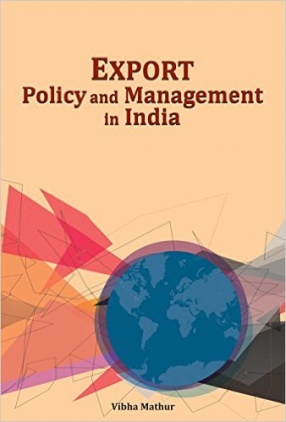
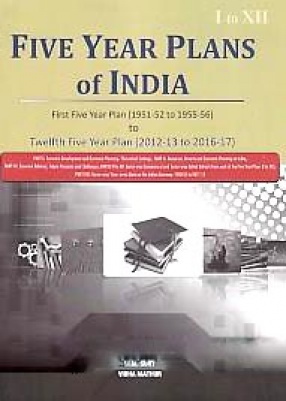
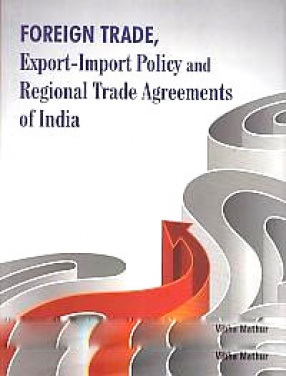
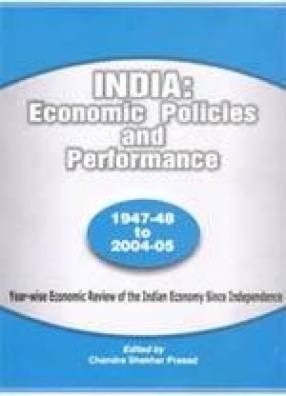

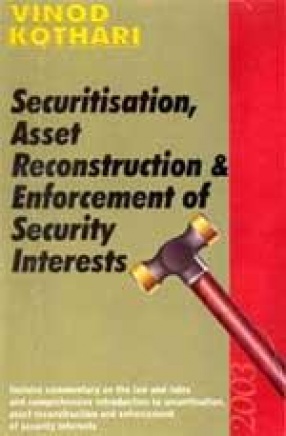
There are no reviews yet.